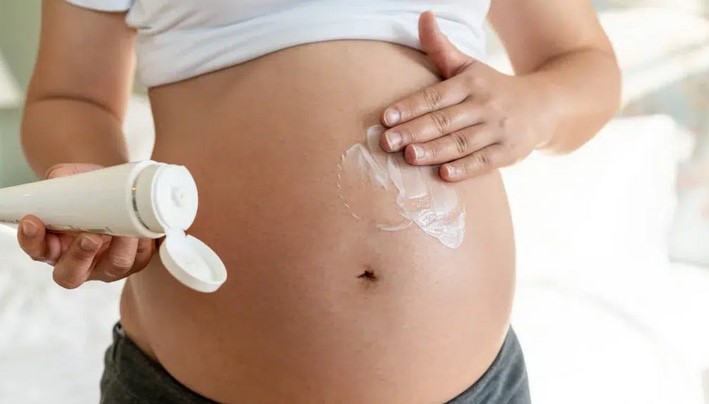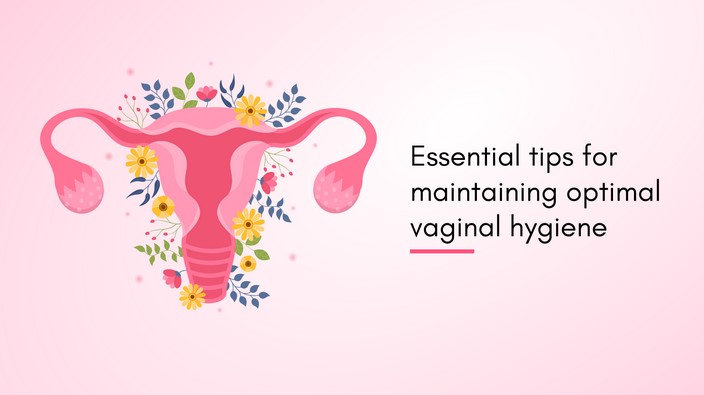
Menstrual Health Awareness is a crucial aspect of overall well-being for individuals who menstruate, yet it often remains overlooked or stigmatized. Understanding your body’s natural cycles goes beyond simply tracking periods; it involves recognizing hormonal changes, identifying potential health concerns, and fostering a deeper connection with your physical and emotional state. By increasing menstrual health awareness, individuals can take proactive steps to manage their reproductive health, enhance daily functioning, and reduce the risk of complications that may arise from untreated menstrual disorders. This article aims to provide a comprehensive guide to understanding menstrual cycles, common issues, and practical strategies for maintaining optimal menstrual health.
Understanding the Menstrual Cycle
The menstrual cycle is a complex interplay of hormones that prepares the body for potential pregnancy each month. While the average cycle lasts about 28 days, it can range from 21 to 35 days, depending on individual physiology. Understanding the phases of the menstrual cycle helps individuals anticipate physical, emotional, and cognitive changes and respond appropriately.
Phases of the Menstrual Cycle
- Menstrual Phase: This phase begins on the first day of bleeding and typically lasts 3–7 days. During this time, the uterus sheds its lining, resulting in menstrual flow. Common symptoms may include cramps, fatigue, and mood fluctuations. Tracking these symptoms can help identify irregularities that may indicate underlying health issues.
- Follicular Phase: Starting concurrently with menstruation, this phase continues until ovulation. Follicle-stimulating hormone (FSH) encourages the growth of ovarian follicles, one of which will mature into an egg. Estrogen levels gradually increase, leading to a rise in energy, improved mood, and enhanced cognitive function for many individuals.
- Ovulation Phase: Mid-cycle, a surge in luteinizing hormone (LH) triggers the release of a mature egg from the ovary. This phase, lasting approximately 24 hours, is crucial for fertility. Some individuals may experience mild cramping, heightened libido, or increased cervical mucus during ovulation, which serves as natural indicators of fertility.
- Luteal Phase: Following ovulation, progesterone levels rise to prepare the uterine lining for potential implantation. If pregnancy does not occur, hormone levels drop, leading to the next menstrual phase. Symptoms of the luteal phase can include bloating, breast tenderness, irritability, and fatigue, commonly referred to as premenstrual syndrome (PMS).
Common Menstrual Health Issues
Despite being a natural biological process, menstrual cycles can sometimes indicate underlying health concerns when irregularities arise. Awareness of these issues is essential for early intervention and treatment.
Irregular Periods
Periods that are unusually frequent, infrequent, or absent may signal hormonal imbalances, thyroid disorders, or conditions such as polycystic ovary syndrome (PCOS). Tracking cycle length, flow intensity, and accompanying symptoms can provide valuable information for healthcare providers.
Dysmenorrhea (Painful Periods)
Painful cramps are experienced by many individuals during menstruation, but severe pain may indicate conditions like endometriosis or uterine fibroids. Non-steroidal anti-inflammatory drugs (NSAIDs), heat therapy, and lifestyle modifications such as regular exercise can alleviate mild symptoms, but persistent or debilitating pain should be evaluated by a medical professional.
Premenstrual Syndrome (PMS) and Premenstrual Dysphoric Disorder (PMDD)
While mild PMS affects up to 75% of menstruating individuals, PMDD is a more severe condition marked by extreme mood swings, irritability, and physical discomfort. Both can significantly impact daily life, making awareness and early management critical.
Menstrual Hygiene and Education
Menstrual health awareness also encompasses proper hygiene practices and access to educational resources. Using clean menstrual products, understanding safe disposal methods, and promoting open conversations about menstruation contribute to both physical health and the reduction of societal stigma.
Practical Strategies for Promoting Menstrual Health
Proactive management and self-awareness are key to maintaining healthy menstrual cycles. By adopting practical strategies, individuals can navigate their cycles more comfortably and reduce the risk of complications.
Tracking Your Cycle
Keeping a menstrual diary or using a digital tracking app allows for monitoring cycle length, flow intensity, and symptoms. This information helps identify irregularities and provides useful data for healthcare consultations.
Balanced Nutrition and Hydration
A diet rich in iron, magnesium, and vitamins can reduce fatigue and bloating during menstruation. Staying hydrated supports overall health and can alleviate symptoms like headaches and cramps.
Exercise and Stress Management
Regular physical activity improves circulation, reduces cramps, and helps regulate hormone levels. Stress management techniques such as yoga, meditation, and mindfulness practices can minimize emotional fluctuations associated with the menstrual cycle.
Seeking Medical Advice
Consulting a healthcare provider for persistent pain, irregular cycles, or abnormal bleeding ensures timely diagnosis and treatment of underlying conditions. Menstrual health awareness includes understanding when professional guidance is necessary for optimal reproductive health.
In conclusion, Menstrual Health Awareness is essential for recognizing the natural rhythms of the body and promoting overall well-being. By understanding the phases of the menstrual cycle, identifying common issues, and adopting practical management strategies, individuals can enhance both physical and emotional health. Embracing this awareness not only empowers individuals to make informed decisions about their reproductive health but also helps dismantle stigma and encourages open conversations about menstruation. Prioritizing menstrual health is a fundamental step toward holistic self-care and long-term wellness.



